Labmaraner vs. Wee-Chon: Breed Differences and Similarities
Hypoallergenic
Are Labmaraners or Wee-Chons hypoallergenic, or neither?
Unfortunately, the Labmaraner is not hypoallergenic, making it not a good choice for a dog lover who suffers from pet allergies.
While no dogs are truly 100% hypoallergenic, Wee-Chons are about as close as it gets, making them an ideal pet if you are an allergy sufferer.
Temperament
What are the personalities of Labmaraner and Wee-Chon dogs?
Intelligent
Active
Friendly
Stubborn
Affectionate
Social
Energetic
Playful
Independent
Alert
Sensitive
Courageous
Intelligent
Friendly
Affectionate
Gentle
Cheerful
Shedding Level
Do Labmaraners shed more than Wee-Chons, or which breed sheds more, Labmaraners or Wee-Chons?
Labmaraners shed very little hair, making them a great choice for those who dislike excess hair in the house.
Wee-Chons are low shedding dogs, requiring minimal coat care.
Watchdog Ability
Which dog breed makes a better watchdog, the Labmaraner or Wee-Chon?
Labmaraners are decent watchdogs - they'll alert their owner if something seems amiss.
Avoid Wee-Chons as watchdogs - they're not effective.
Origin
What is the origin of Labmaraner and Wee-Chon dog breeds?
United States
United States
Ancestry
What are the origins of Labmaraner and Wee-Chon breeds?
Labrador Retriever and Weimaraner
West Highland White Terrier and Bichon Frise
Breed recognition
Which kennel clubs recognize/register Labmaraner and Wee-Chon?
Not recognized by any clubs.
ACHC = American Canine Hybrid Club
DBR = Designer Breed Registry
DDKC = Designer Dogs Kennel Club
DRA = Dog Registry of America, Inc.
IDCR = International Designer Canine Registry®
Date of Birth
When were Labmaraner and Wee-Chon breeds first developed?
Unknown
Eye Color Possibilites
What are the eye colors of Labmaraner and Wee-Chon dogs?
Blue
Amber
Brown
Nose Color Possibilites
What are the natural nose colors of Labmaraner and Wee-Chon?
Brown
Black
Coat Color Possibilites
What are the natural colors of the coat for Labmaraner and Wee-Chon breeds?
Gray
Brown
Silver
Black
White
Pied
Coat Length
What is the typical coat length for Labmaraner and Wee-Chon breeds?
Labmaraners have short coats.
Wee-Chons have medium-length coats.
Coat Density
What is the density of the coat of Labmaraner and Wee-Chon?
Coat Texture
What is the hair texture of Labmaraner and Wee-Chon?
Straight
Litter Size
What is the usual litter size for Labmaraner and Wee-Chon?
A Labmaraner can have a litter of 10-12 puppies on average. However, it's worth noting that the size of the litters can vary greatly. Factors that can influence litter size include the health of the mother, breeding history, and genetics.
A Wee-Chon can have a litter of 2-5 puppies on average. However, it's worth noting that the size of the litters can vary greatly. Factors that can influence litter size include the health of the mother, breeding history, and genetics.
Adaptability
Labmaraners have average adaptability to changes in lifestyle and living environments compared to other breeds.
Wee-Chons are highly adaptable and versatile, making them excellent companions for families and individuals of all lifestyles.
Health Issues
Between Labmaraner and Wee-Chon, which breed is more prone to health problems?
The Labmaraner and Wee-Chon breeds are commonly healthy with low vet costs, regular check-ups may not be as necessary but it's important to keep an eye on their health and have them checked by a veterinarian when needed.
Major Concerns
What are the major health concerns for Labmaraner and Wee-Chon breeds?
Bloat
Heart Conditions
Progressive Retinal Atrophy (PRA)
Allergies
Atopic Dermatitis
Dental Problems
Eye conditions
Minor Concerns
What minor health issues should be kept in mind when owning Labmaraner and Wee-Chon?
Ear Infections
Hip Dysplasia
Epilepsy
Osteochondritis Dissecans
Joint conditions
Patellar Luxation
Von Willebrand's Disease
Bladder Stones
Legg-Calve-Perthes Disease
Occasional Tests
What occasional tests are recommended for Labmaraner and Wee-Chon breeds?
X-Rays
CT or MRI scan
Electrocardiogram
Urinalysis
Complete Blood Count
Ophthalmic Examination
Physical and Neurologic Examination
Dental Examination
Skin Evaluation
Blood Count
Internal Imaging (x-ray, CT scan, MRI, etc.)
Allergy Testing
DNA for VWD
Energy
How do the energy levels of Labmaraners and Wee-Chons compare?
Labmaraners' high energy levels make them unsuitable for a low-key dog, choose accordingly.
Wee-Chons are suitable for those with a balanced lifestyle as they have an average energy level.
Social Needs
Labmaraner vs Wee-Chon social needs comparison
Labmaraner and Wee-Chon have very high social needs. These needs include regular mental and physical stimulation, a job or purpose, and companionship. They thrive in environments where they have a lot of interaction with humans and other dogs.
Exercise Needed
Labmaraner vs Wee-Chon exercise need comparison.
Labmaraners need high physical activity and are ideal for active individuals, but not suitable for sedentary lifestyles or small apartments.
Wee-Chons require significant physical activity and suit those with an active lifestyle.
Sleeping Need
Which of the two sleeps the most/least: Labmaraner or Wee-Chon?
Labmaraners sleep less than other breeds but still need adequate sleep for good health.
Wee-Chons have moderate energy levels and typical sleep patterns of 12-14 hours per day.
Tendency to Bark
Do Labmaraners or Wee-Chons bark more/less frequently?
Labmaraners bark moderately when necessary and may also bark due to certain triggers like fear, alarm, boredom, greeting, separation anxiety and compulsive barking.
The Wee-Chon is a vocal breed that frequently barks and howls, and may not be suitable for those seeking a quiet companion.
Mouthiness
Mouthiness Comparison: Labmaraner vs Wee-Chon?
Roaming urge
Labmaraner vs Labrador: Running away tendency?
Prey Drive
Labmaraner or Wee-Chon - which breed has a higher level of prey drive?
Past times
What are some enjoyable activities and ways to keep Labmaraner and Wee-Chon entertained?
Swim, Jog, Boat ride, Walk, Car ride, Hiking, Hike, High Five, Catch treats, Tug-of-war, Fetch, Speak, Eating Snacks, Chase, Running, Swimming, Walking, Running aroundd, Shake, Off-leash, Lounging, Playing fetch, Road walk
Walking, Playing, Go to Beach, Go to Park, Go on Vacation, Going on drives
Activity Level
Which breed has higher energy, Labmaraners or Wee-Chons?
Labmaraners are high-energy dogs. They need mental as well as physical exercise. These dogs require a lot of your involvement and without it they can, and will, become problematic dogs.
Wee-Chons are medium-energy dogs and typically enjoy socializing and playing casual or even sustained games of chase with other dogs. They may also have occasional periods of barking or racing around the house.
Tolerance of being left alone
Walks per Week
How many miles should Labmaraner or Wee-Chon walk each week?
There's really no limit to how far you walk your dog as long as they're comfortable. For Labmaraner, it's at least 16 miles / week. Just remember to build distance and stamina gradually over time.
There's really no limit to how far you walk your dog as long as they're comfortable. For Wee-Chon, it's at least 8 miles / week. Just remember to build distance and stamina gradually over time.
Activity per Day
Do Labmaraners or Wee-Chons require more exercise?
In general most Labmaraners usually need at least 60 minutes of exercise daily. This can be spread across the day and include all sorts of high-energy activities, like walking, running and playing.
In general most Wee-Chons usually need at least 30 minutes of exercise daily. This can be spread across the day and include all sorts of high-energy activities, like walking, running and playing.
Grooming
Which breed is easier to maintain in terms of grooming, Labmaraners or Wee-Chons?
The Labmaraner has low grooming needs and is easy to maintain.
Wee-Chons have high grooming needs, requiring regular trims and professional grooming assistance to keep their coat healthy.
Brushing Frequency
What is the recommended brushing frequency for Labmaraner and Wee-Chon dogs?
Labmaraner should be brushed at least once a week. Of course you can give them more frequent brushes if you find that they are still shedding a lot
Ideally, Wee-Chon should be brushed at least 2 or 3 times a week (preferably daily) improve shedding.
Brushing Tools
What brushing tools are used for Labmaraners and Wee-Chons?
Pin Brush
Nail Clipper
Pin Brush
Slicker Brush
Scissors
Nail Clipper
Cups
How much food should be given to Labmaraner or Wee-Chon in cups?
For an average 60-100 pound (27 - 45 kg) Labmaraner feed 3 cups daily. But, keep in mind, the amount you feed is going to be dependent on the quality of the food you are feeding.
For an average 11-14 pound (5 - 6 kg) Wee-Chon feed 1 cups daily. But, keep in mind, the amount you feed is going to be dependent on the quality of the food you are feeding.
Daily Cost
Which breed has a higher daily cost, Labmaraner or Wee-Chon?
The average cost of a Labmaraner is somewhere $2.10 - $2.70 per day.
The average cost of a Wee-Chon is somewhere $1.40 - $1.80 per day.
Monthly Cost
Which breed has a higher monthly cost, Labmaraner or Wee-Chon?
The average per month expenses of a Labmaraner is between $55 - $73. This makes an average of $660 - $876 per year. It will be on the higher side when the dog is still small because it will need more frequent visits to the vet, shots.
The average per month expenses of a Wee-Chon is between $35 - $42. This makes an average of $420 - $504 per year. It will be on the higher side when the dog is still small because it will need more frequent visits to the vet, shots.
Intelligence
Comparing Intelligence: Labmaraners vs Wee-Chons
Labmaraner is a very intelligent and trainable breed.
Wee-Chons are average in obedience intelligence but have a high IQ and may cause trouble if left unsupervised.
Sensitivity Level
How do Labmaraner and Wee-Chon compare in sensitivity?
These breeds are more sensitive than others and easily overwhelmed by new surroundings and people. Labmaraner and Wee-Chon need gentle handling and a calm, stable home environment with positive reinforcement training.
Affection Dependance
Which is the more affectionate dog breed: Labmaraner vs Wee-Chon?
Apartment Friendly
Which breed is more apartment-friendly: Labmaraner or Wee-Chon?
The Labmaraner is not suitable for apartments and requires a large yard to thrive. Pent-up energy in small spaces can lead to destructive behavior.
The Wee-Chon is a great apartment dog, thriving with sufficient exercise and time outside as part of their daily routine.
Child Friendly
Do Labmaraners or Wee-Chons have a friendlier temperament towards children?
Labmaraners make excellent family pets for kids due to their gentle, protective nature and calm temperament.
Wee-Chons are good with kids if socialized and trained from a young age.
Senior-friendly
Which dog is more suitable as a pet for the elderly - Labmaraner or Wee-Chon?
Cat Friendly
Do Labmaraner or Wee-Chon breeds have a better compatibility with cats?
Labmaraners are somewhat cat friendly and can be trained to get along with cats.
Wee-Chons are good with cats, but early training is needed to prevent chasing behavior.
Dog Friendly
Which breed is more sociable with other dogs: Labmaraner or Wee-Chon?
Labmaraners are friendly and active companions, and can be good family pets, though their friendliness towards other dogs may vary.
Wee-Chons are generally very friendly towards other dogs, with a happy and affectionate temperament.
Pet friendly
How do Labmaraner or Wee-Chon dogs interact with other pets?
Stranger Friendly
Which breed is more friendly with strangers: Labmaraner or Wee-Chon?
Labmaraners are averagely friendly around strangers but benefit from early socialisation.
Wee-Chons are highly friendly around strangers.
Playfulness
Which breed is more playful between Labmaraner and Wee-Chon?
Labmaraner and Wee-Chon are known to be highly playful dogs. So if you're not up for all that, think about adopting slightly older Labmaraner and Wee-Chon for a mellower experience.
Trainability
How do the trainability levels of Labmaraners and Wee-Chons compare?
Labmaraner and Wee-Chon dogs are known for their ease of training and ability to learn quickly, making them a popular choice for pet owners and trainers alike.
Compare Labmaraner with other breeds
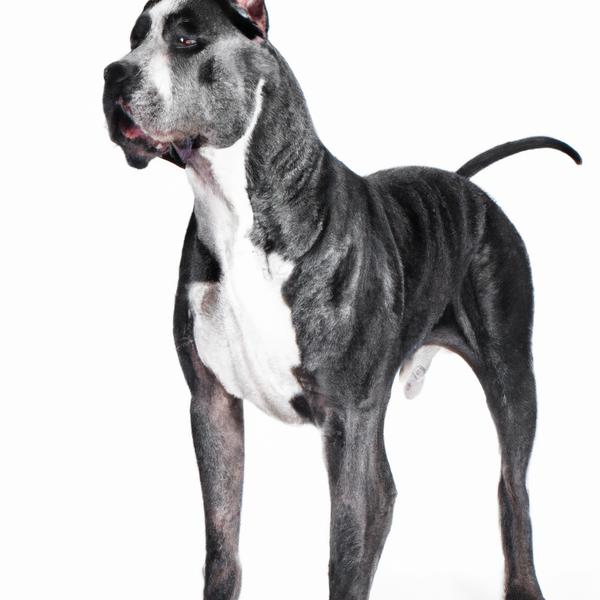
American Bull Dane
Labmaraner vs American Bull Dane

Sco-Shi
Labmaraner vs Sco-Shi
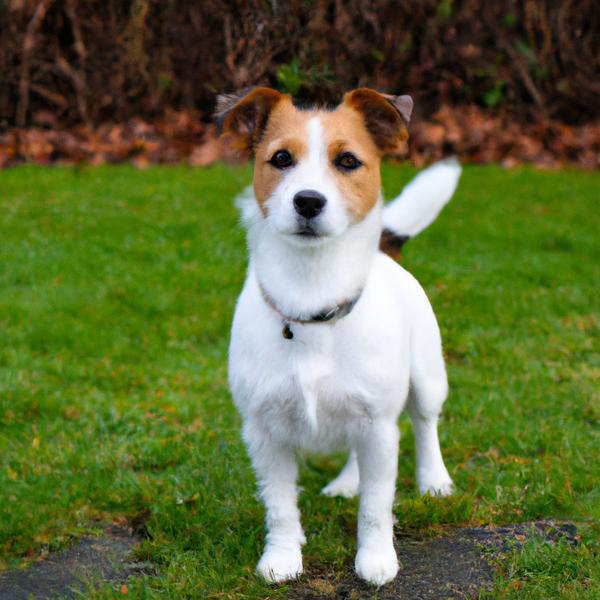
Russell Terrier
Labmaraner vs Russell Terrier
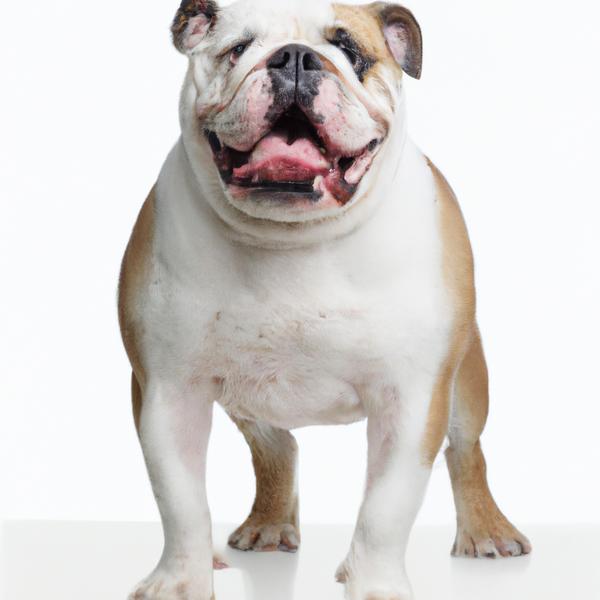
English Bulldog Terrier
Labmaraner vs English Bulldog Terrier

Wee-Chon
Labmaraner vs Wee-Chon
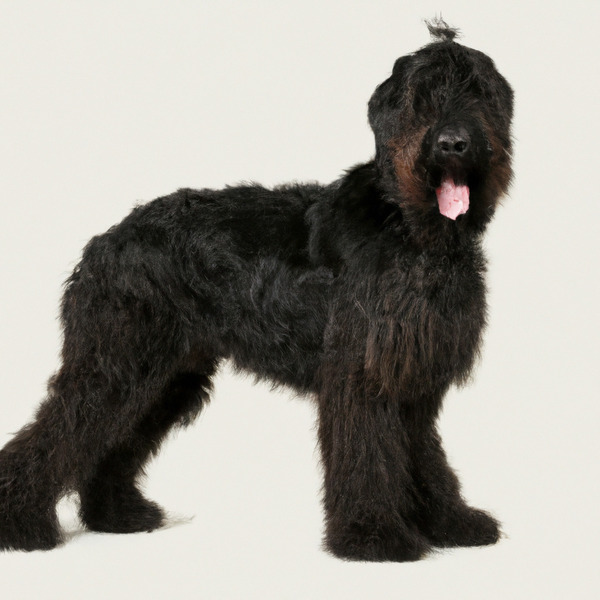
Black Russian Terrier
Labmaraner vs Black Russian Terrier
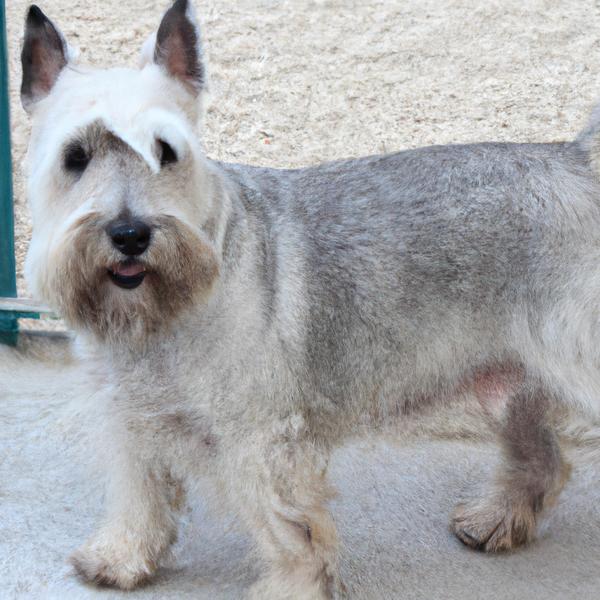
Scotinese
Labmaraner vs Scotinese

Miniature Aussiedoodle
Labmaraner vs Miniature Aussiedoodle
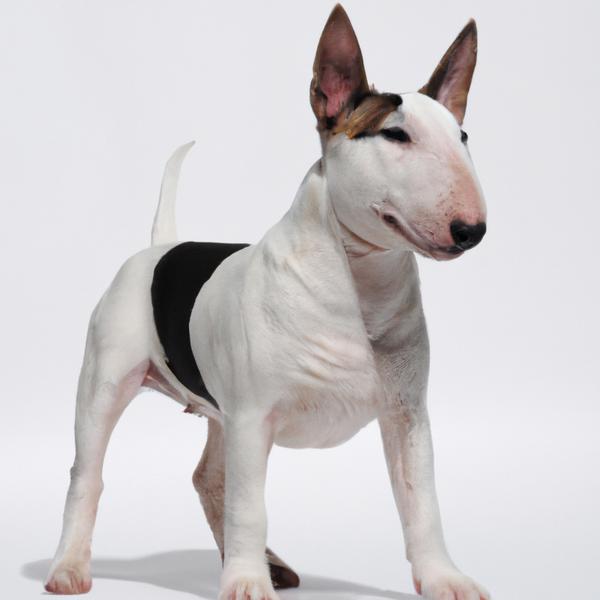
Miniature Bull Terrier
Labmaraner vs Miniature Bull Terrier
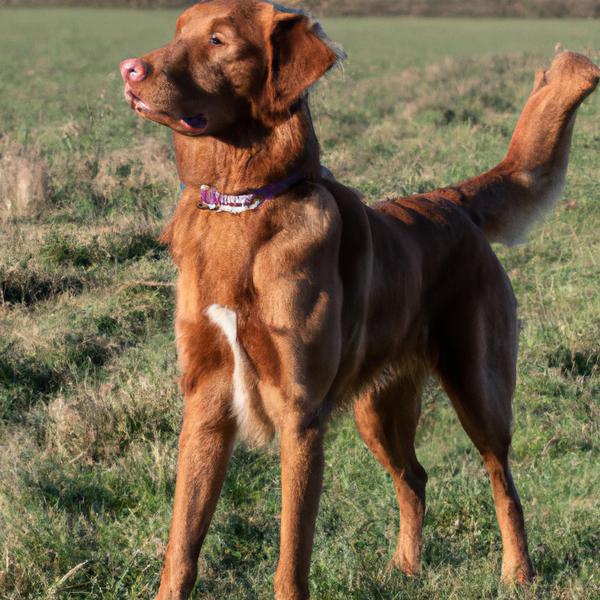
Chatham Hill Retriever
Labmaraner vs Chatham Hill Retriever

Boston Malterrier
Labmaraner vs Boston Malterrier

Elk-a-Bee
Labmaraner vs Elk-a-Bee
